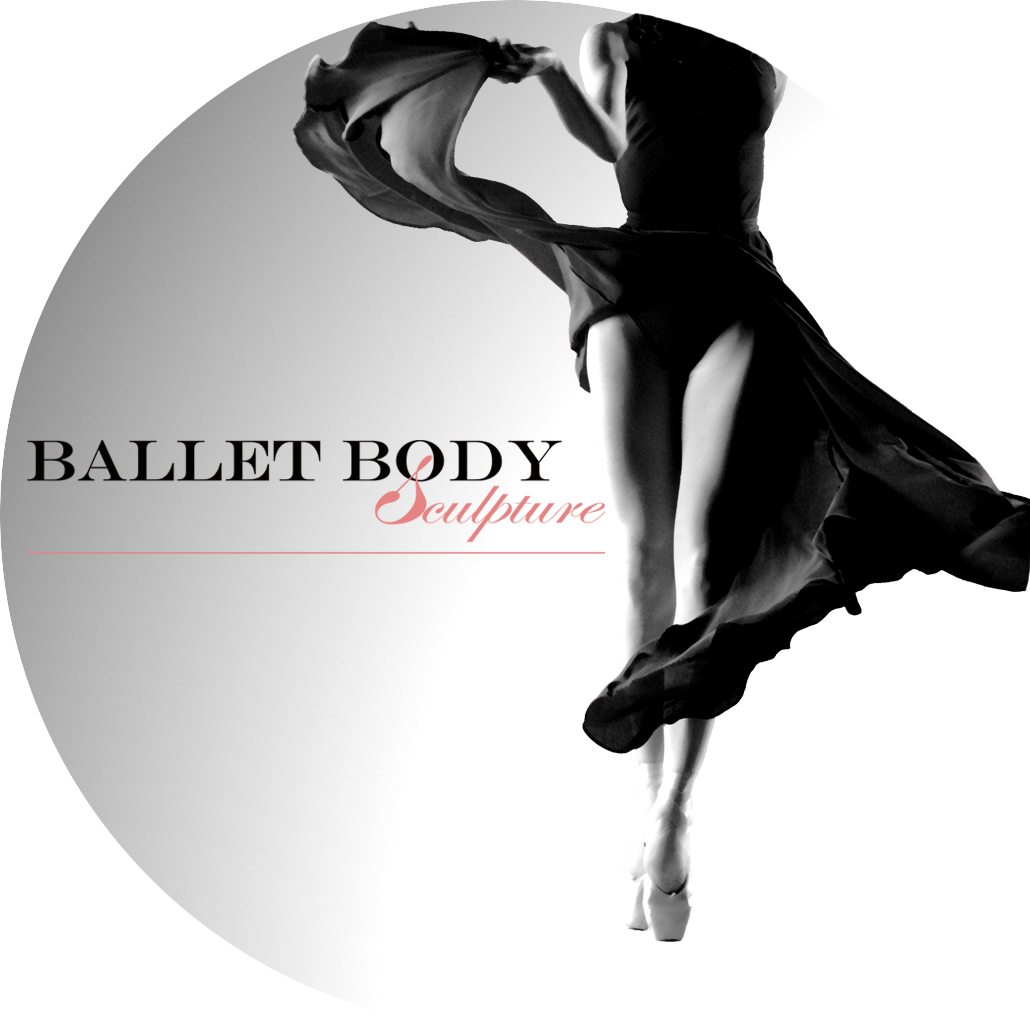Fixing the feet with ballet
Have you ever suffered from foot cramps, fallen arches, weakness around the ankles or simply tired, achy feet?
Many of us rely on high tech athletic shoes or insoles for support. But the assumption that the right pair of shoes will fix everything obscures a major underlying cause of foot discomfort: weak muscles and stiff joints.
To add more, the way we use of the feet drastically affects the alignment of the knees, hips, and pelvis. So no matter how strong the rest of your body may be, weak feet and ankles can have a significant influence of the comfort, stamina, movement quality, and activity levels.
Healthy Feet and ankles are not just for ballerinas!
Whether you walk, run, dance or just sit behind a desk all day, how much we use, or misuse, our feet can contribute to challenging foot problems and more.
Tendons, ligaments, fascia, muscle and bone are all connected. This network of our structure has to be in balance for us to enjoy healthy, pain-free movement. Ligaments connect bone to bone, tendons connect muscle to bone, fascia is the supportive matrix for muscle, and muscles move bones.
Stiff ankles and tight calves and heels can also lead to lower back problems.
Ballet is one of the very few activities that specifically works the feet and ankles. Soft ballet shoes (you can also wear socks) provide a thin layer that lets the feet glide along the floor while still allowing them to do all the work of support. Ballet teaches how to point the toes and use the feet against the floor to develop foot and ankle strength, dexterity, and flexibility. Beyond relieving discomfort, it helps you to restore lost connection between your mind and the furthers parts of your body, bringing the necessary support to the ankles, knees, hips, pelvis, and spine stay properly aligned and comfortable.
Try these simple exercises:
Point-Flex
Start in an L-Sit position. If your back or hamstrings are too tight to sit up straight, you can lean with your back against the wall. Keeping the legs straight, but not locked, reach both heels out away from your body to “Flex” the ankles. Try to avoid pulling back with the toes to flex. Keep the toes relaxed and lead from the heel to hinge the foot into the flexed position. To transition to the pointed position, begin by pointing the foot to move the ankles as far as possible in the other direction. Once the ankles have reached their endpoint, use the muscles along the sole of the foot to point the toes. Then release the toes, and begin reaching out through the heel to hinge the ankle into the flexed position to repeat the exercise. Continue to flex and the point for 5-10 repetitions.
Circles
Sitting straight in the previously described position, flex your ankles and rotate by reaching with your toes outwards, once maximum rotation is achieved start to point the feet leading with the toes towards the center and slowly moving it inwards. From there gradually flex the ankles by returning it to the center. Retreat the circles 3-5 times and the reverse it by starting the movement inwards and finishing it outwards.
Relevés
Relevés are the movements in which you raise your heels from the floor, rolling up onto the balls of your feet—relevés strengthen your feet, ankles, sculpt the calves and are a great foundation for jumps, pirouettes further ballet techniques. Make sure your keep your posture, core, glutes engaged and don’t bend your knees. To correct the alignment squeeze a ball or a cushion between the ankles. Repeat this rise, or relevé, with multiple reps. Start with just a few and repeat often, a number of times throughout a day. It’s important to remember that to build strength consistency is more important than the amounts.
Calf Stretch
Strength and flexibility always goes hand in hand – stiff joints will never be able to perform well. To stretch your Achilles’ tendon and calves lean forward and press your palms against a wall, then step one foot back, press the back heel down leaving front knee bent. To further release the tensions in your ankle joint, bend and stretch back knee whilst holding your heel down. Once you feel the relief don’t forget to stretch the other leg.
Foot Massage
Get a small rubber ball (a foot roller). Sitting in a chair, place one foot on top of the ball and apply light pressure as you roll the ball against the bottom of your foot. Focus on releasing the tension in the arch and the area sole connecting to the heel. If you find a sore spot, breathe as you allow the tensions to release.
Have you tried a specifically dedicated lesson to stretch and strengthen the ankles by our teacher Claire Guntrip?
Stay fit & healthy! Xx
Source: everydayballet.com






